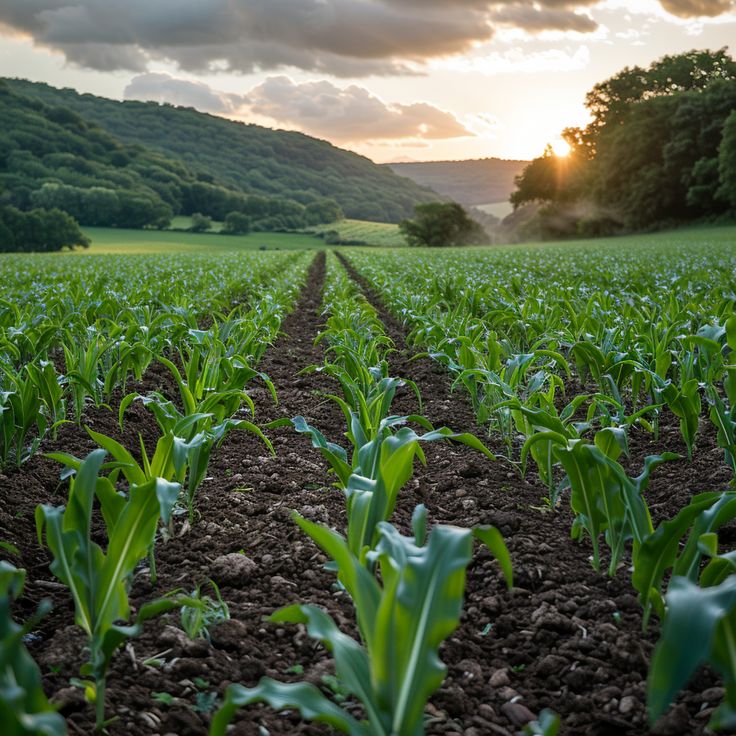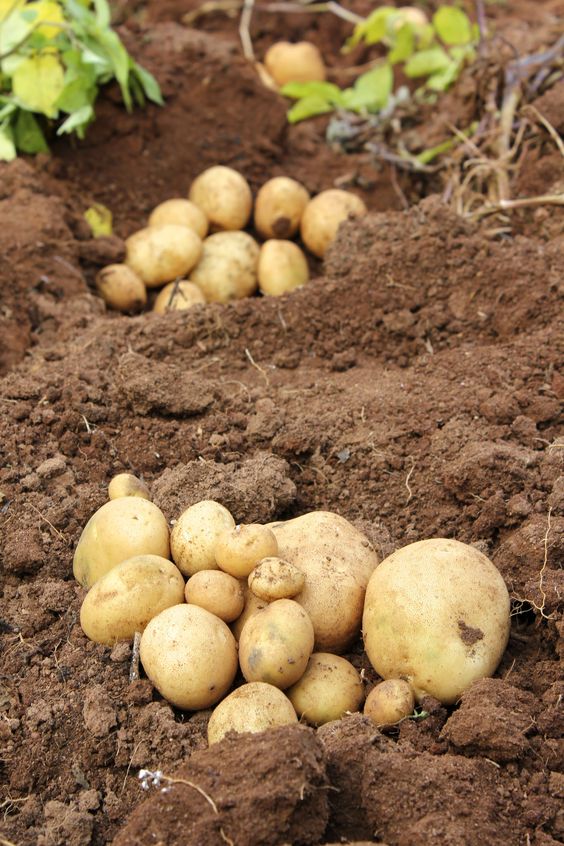Climate-Smart Agriculture: A Comprehensive Approach to Sustainable Agriculture
Smart Agriculture – As the global population continues to grow, expected to reach nearly 10 billion by 2050, the demand for food will inevitably increase. However, the agriculture sector not only needs to meet this rising demand but also adapt to the changing climate conditions that threaten crop yields and livestock productivity. This is where Climate-Smart Agriculture (CSA) comes into play, offering a pathway to sustainable agricultural development that is resilient to the impacts of climate change.
Contents
What is Climate-Smart Agriculture?
Climate-Smart Agriculture is an approach designed to transform and reorient agricultural systems to support food security under the new realities of climate change. The Food and Agriculture Organization (FAO) of the United Nations defines CSA as agriculture that sustainably increases productivity, enhances resilience (adaptation), reduces/removes greenhouse gases (mitigation), and enhances achievement of national food security and development goals.
The Three Pillars of Climate-Smart Agriculture
1. Sustainably Increasing Agricultural Productivity
To achieve food security, CSA promotes techniques and practices that increase productivity without exacerbating environmental problems. This includes the development and use of improved crop varieties that can withstand pests, diseases, and changing weather patterns. It also involves efficient use of water resources through systems like drip irrigation and practices such as integrated pest management.
2. Adapting and Building Resilience to Climate Change
Adaptation in CSA involves adjusting agricultural practices to existing and expected changes in climate conditions to minimize damage and take advantage of new opportunities. This could involve altering planting dates, switching to more resilient crop varieties, or diversifying crop and livestock systems to reduce vulnerability to climate shocks.
3. Reducing and/or Removing Greenhouse Gas Emissions
CSA seeks to reduce greenhouse gas emissions associated with agriculture, which includes emissions from direct sources such as enteric fermentation in livestock, as well as indirect sources like deforestation driven by agricultural expansion. Practices like improved crop and grazing land management to increase soil carbon storage, and better manure management to reduce CH4 emissions are common strategies.
Implementing Climate-Smart Agriculture
Developing Technologies and Practices
Innovation is at the core of CSA. Researchers and farmers collaborate to develop technologies that meet the criteria of being climate-smart. For example, precision agriculture using GPS and IoT technology can help in applying water and fertilizers more efficiently, reducing waste and emissions.
Policy Framework and Support
For CSA to be widely implemented, supportive policies are essential. This includes policies that encourage the adoption of sustainable practices through incentives like subsidies, grants, or tax breaks. Additionally, government programs can provide education and training for farmers on the benefits and methods of CSA.
Stakeholder Engagement
Effective implementation of CSA requires the involvement of all stakeholders, including farmers, agribusinesses, policy-makers, and consumers. For instance, farmers need access to markets where they can sell their climate-smart products at a premium, and consumers need to be aware of and demand such products.
Challenges in Adoption of Climate-Smart Agriculture
Despite its benefits, the adoption of CSA faces several challenges:
- Economic Barriers: The initial costs of transitioning to CSA can be high. Smallholder farmers, in particular, might struggle with the costs associated with new technologies and practices.
- Knowledge and Capacity Gaps: There is often a lack of awareness about CSA practices and their benefits. Training and extension services are crucial to bridge these gaps.
- Policy and Institutional Constraints: In many regions, existing agricultural policies do not support or even contradict the goals of CSA. Overcoming these requires significant policy reform.
- Climate Uncertainty: With the unpredictable nature of climate change, it is challenging to design systems that are resilient to all potential future scenarios.
Success Stories of Climate-Smart Agriculture
Globally, many regions have successfully implemented CSA practices:
- East Africa: Through the use of drought-tolerant maize varieties and water conservation techniques, farmers have been able to sustain their yields even during dry seasons.
- Vietnam: The System of Rice Intensification (SRI) has enabled farmers to increase yields while reducing water usage and methane emissions.
- Latin America: In Colombia, shade-grown coffee has not only helped in maintaining biodiversity but also reduced exposure to extreme temperatures, benefiting both yields and quality.
The Future of Climate-Smart Agriculture
Looking ahead, the integration of technology in CSA is likely to increase. Innovations such as satellite imagery for precision farming, blockchain for traceability in the supply chain, and advances in genetic engineering for developing climate-resilient crops are on the horizon. Moreover, as public awareness of climate issues grows, consumer demand for sustainably produced food is likely to rise, further encouraging the adoption of CSA practices.
Conclusion
Climate-Smart Agriculture is not just a necessity for ensuring food security in the face of climate change; it is also a critical component of sustainable development. By addressing the triple challenge of increasing productivity, enhancing resilience, and reducing emissions, CSA provides a balanced approach to managing agricultural landscapes for the present and future generations. As the world moves forward, the principles of CSA will play a vital role in shaping resilient agricultural practices that not only feed the planet but also protect it.




